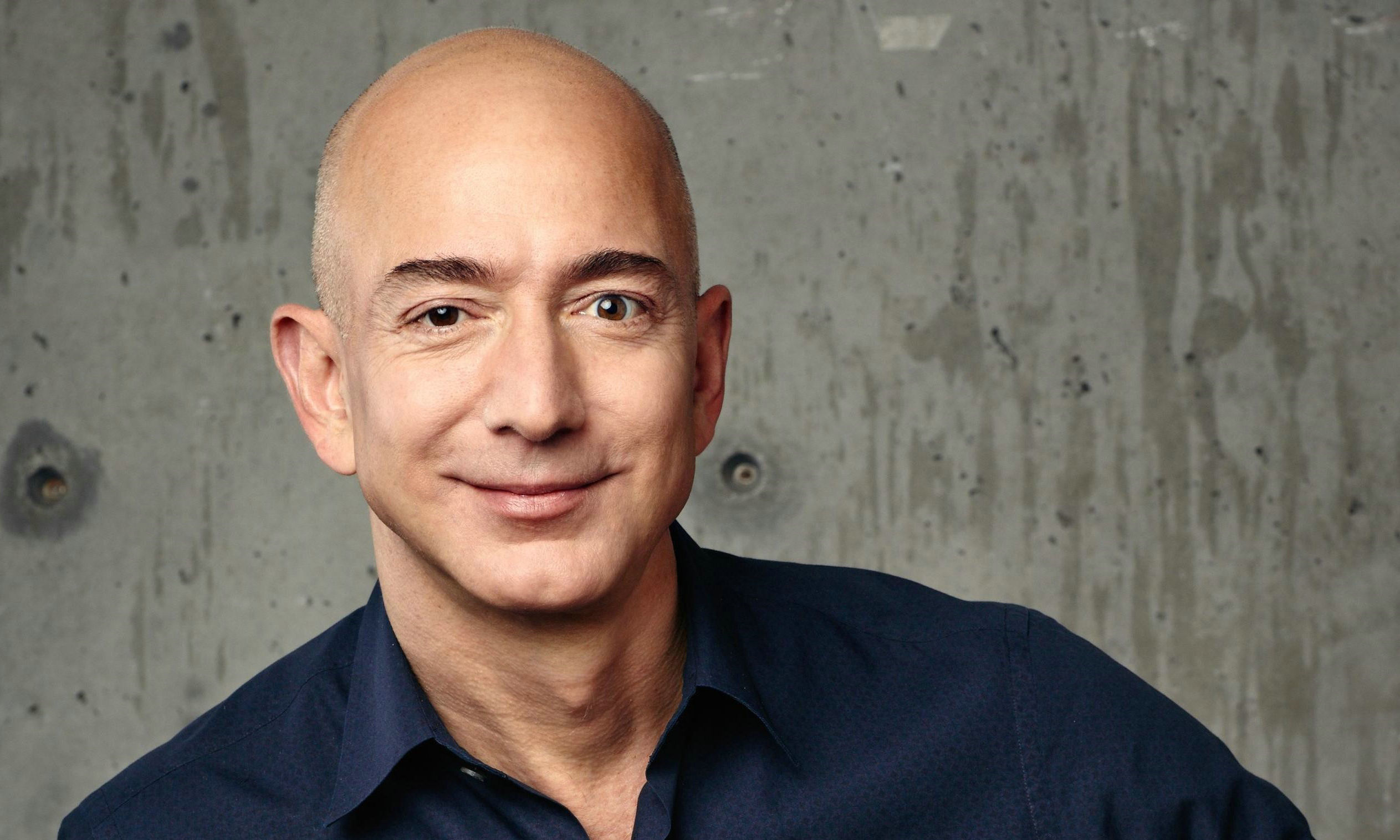He is the "Iron Man" of Silicon Valley, a pioneer in space exploration, and an innovator of clean energy. He is Elon Musk. With his disruptive innovative thinking and dauntless execution power, he has reshaped multiple industries and made science fiction-like dreams come true. This article will, with vivid stories, detailed data and Musk's unique insights, lead you to explore together the dream journey, disruptive actions and the future picture he has sketched of this legendary entrepreneur.
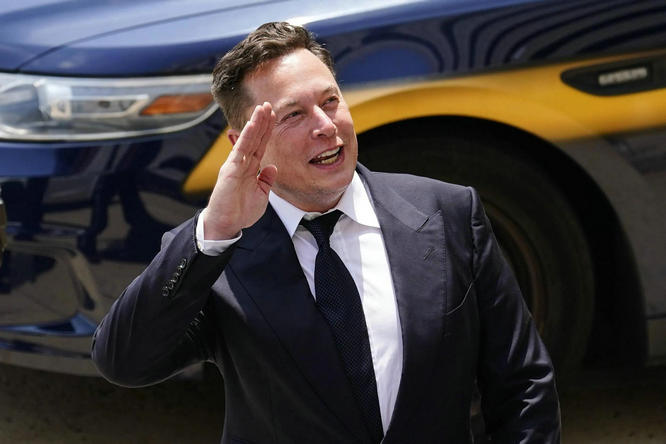
I. Dream Weaver: From PayPal to SpaceX
1. PayPal: An innovator in Internet finance
At the end of the 20th century, the tide of the Internet swept the world, and Musk captured the opportunity with his acute business sense. In 1999, he co-founded PayPal, a platform aiming to break traditional financial barriers and achieve global instant and convenient payment. At that time, bank transfers were cumbersome and cross-border payment costs were high. However, the emergence of PayPal was like a sharp sword that cut through these bindings. In just a few years, PayPal's users exceeded 100 million and the transaction volume exceeded 40 billion US dollars, completely changing the global payment pattern. Musk showed innovative thinking, decisive decision-making and tenacious perseverance in this process, which won him the reputation of "Silicon Valley Iron Man".
2.SpaceX: Conqueror of the starry sea
However, Musk was not satisfied with the success of PayPal. He set his sights on the more vast starry sea and founded SpaceX in 2002. Facing the high threshold and technical blockade of the aerospace industry, Musk put forward a disruptive concept: "We want to make humans a multi-planetary species." He firmly believes that through technological innovation and business model reform, private enterprises can also promote the development of the aerospace industry.
The growth process of SpaceX can be described as legendary. In 2008, its independently developed Falcon 1 rocket was successfully launched after three failures, breaking the curse that private companies could not independently enter space. Since then, SpaceX has continuously refreshed records: it first achieved the recycling and reuse of the first-stage rocket, greatly reducing the launch cost; successfully launched and recovered the Crew Dragon spacecraft, opening a new era of commercial manned spaceflight; the test flight of the Starship prototype indicates the dawn of the Mars journey. As of 2023, SpaceX has cumulatively executed more than 150 launch tasks, and the number of satellite deployments has exceeded 3000, with a market share far exceeding that of traditional aerospace giants.
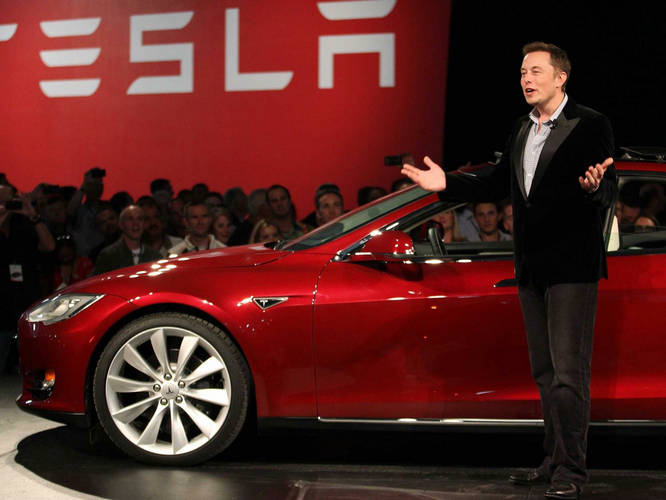
Musk's journey with SpaceX is not only an innovation in aerospace technology, but also a profound thinking about the future survival mode of human beings. He proposed: "If we don't become a multi-planetary species, then we will always face the risk of extinction." This kind of awakening to the future survival crisis and the determination to promote human space exploration with practical actions have made Musk a veritable "conqueror of the starry sea".
II. Clean Energy Revolution: Tesla and SolarCity
1. Tesla: The Disruptor of Electric Vehicles
In 2003, Musk joined the start-up electric vehicle company Tesla and gradually became its key figure. At that time, the electric vehicle market was silent, and problems such as short range, difficult charging, and high prices made consumers hesitant. Musk firmly believed that electric vehicles would be the key to solving the carbon emission problem in the transportation field. He led Tesla to launch a series of high-performance electric vehicles such as Model S and Model X. With super-long range, intelligent driving and luxurious interior, it successfully broke the public's inherent perception of electric vehicles.
Tesla's success didn't happen overnight. In 2008, the company was on the verge of bankruptcy. Musk took a gamble and invested all his personal funds to save Tesla, and finally facilitated the cooperation with Daimler, injecting vitality into the company. Subsequently, Tesla launched Model 3, an electric vehicle for the mass market that sold well worldwide, marking the shift of electric vehicles from the periphery to the mainstream. As of 2023, Tesla has cumulatively sold more than 3 million electric vehicles, reducing carbon dioxide emissions by about 160 million tons.
Behind Tesla's success is Musk's persistent pursuit of battery technology. He overcame all objections and invested billions of dollars to build the Gigafactory, a super battery factory, greatly reducing costs and increasing production capacity, setting a new benchmark for the global electric vehicle industry. In addition, Tesla has also established the world's largest electric vehicle charging network, solving users' range anxiety and further promoting the popularity of electric vehicles.
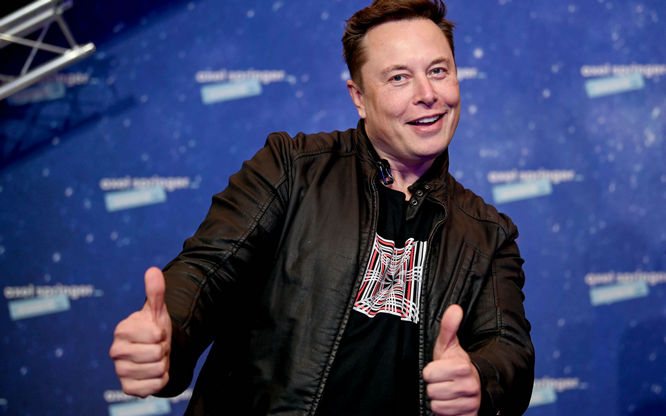
2.SolarCity: The Energy Revolution on the Roof
If Tesla is staging a clean energy revolution on the road, then SolarCity is carrying out a silent green battle on the roof. In 2006, Musk participated in the founding of SolarCity, focusing on the installation and leasing services of solar power generation systems. He firmly believes that solar energy will be the most important energy source in the future: "If one day the earth is no longer suitable for living, it must be that the sun disappears first."
SolarCity adopted an innovative business model - users do not need to buy expensive solar systems, but only need to pay a relatively low monthly leasing fee to enjoy clean and inexpensive electricity. This model greatly reduces the threshold for families to adopt solar energy and promotes the explosive growth of the solar market. Before being acquired by Tesla, SolarCity had become the largest residential solar provider in the United States, with installations in more than 3 million households and cumulative carbon dioxide emission reductions of about 10 million tons.
Musk's clean energy vision doesn't stop there. He proposed the "three-step energy" strategy: produce solar power, store power, and use power to drive vehicles. In 2016, Tesla completed the acquisition of SolarCity, realizing the closed-loop integration of energy production, storage and use. The combination of Tesla's Powerwall home energy storage system and solar panels enables users to store solar energy during the day and be self-sufficient at night and on cloudy days, further promoting energy independence and low-carbon life.
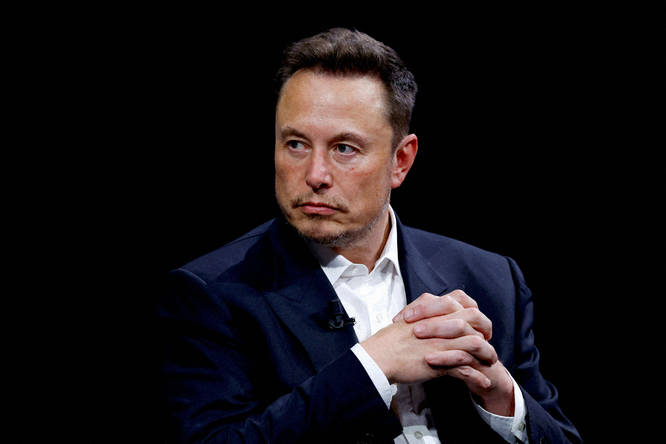
III. Future Vision: Starlink, Brain-Computer Interface and Mars Colonization
1. Starlink Project: Weaving the Space Internet
Elon Musk's Starlink project is like a space version of the "fiber optic revolution", aiming to construct a high-speed global Internet network by launching thousands of near-Earth orbit satellites. As of 2023, more than 3,000 Starlink satellites have been in orbit, providing stable Internet services for global remote areas and emergency rescue scenarios.
Data support: According to the SpaceX report, the Starlink network has provided services to more than 700,000 users in over 40 countries and regions around the world, with an average download speed of more than 100 Mbps and a latency of less than 50 milliseconds. This not only breaks the geographical information gap, but also provides a solid information infrastructure for future space exploration and earth monitoring.
Elon Musk Quote: "We hope that Starlink can become an important tool to promote the progress of human civilization and enable people in any corner of the earth to access the information superhighway."
In-depth analysis: The Starlink plan not only shows Musk's pragmatic attitude towards solving the problems on earth, but also indicates his long-term layout for building an interstellar society. Once Starlink operates maturely, it will greatly improve the utilization efficiency of human space resources and provide key support for future space travel, interstellar communication and even Mars colonization.
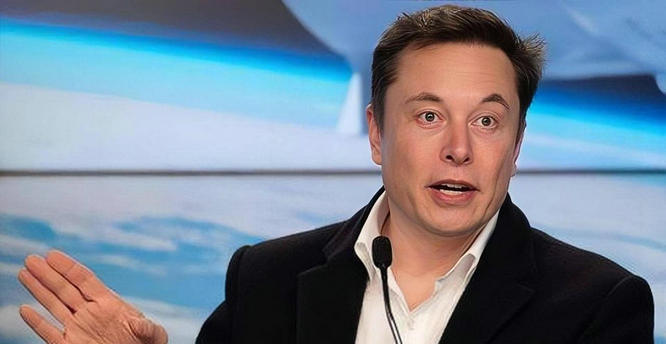
2. Brain-Computer Interface: Unlocking Human Potential
Elon Musk's Neuralink company is committed to developing advanced brain-computer interface technology, aiming to achieve direct interaction between the human brain and the computer. In 2021, Neuralink demonstrated its first implantable device, claiming to help paralyzed patients restore motor functions and is expected to achieve functions such as memory backup and emotion regulation in the future.
Example display: In a public demonstration, a monkey implanted with a Neuralink device controlled a video game with its mind, causing a global sensation. This breakthrough not only shows the huge potential of brain-computer interface technology, but also opens up a new path for treating neurological diseases and enhancing human cognitive ability.
Elon Musk's view: "If we don't actively combine with artificial intelligence, we will be surpassed like a creature and become the pet of AI." Elon Musk firmly believes that the brain-computer interface is an important step in human evolution and helps to resist potential AI threats and maintain human dominance in the intelligent field.
In-depth interpretation: The development of brain-computer interface technology is not only a major breakthrough in medical technology, but also a profound reflection and exploration of the form of human existence. It may subvert our traditional understanding of knowledge acquisition, interpersonal communication and even self-awareness, and open a new "cyber era".
3. Mars Colonization: Humanity's Second Home
Elon Musk's ultimate goal is to make humans a trans-planetary species, and Mars is the ideal "new world" in his eyes. His SpaceX has already formulated a detailed "Mars colonization plan", including developing reusable interstellar spaceships and establishing a self-sufficient Mars base.
Goal setting: Elon Musk once optimistically predicted that as early as 2024, SpaceX might be able to achieve manned landing on Mars and establish a Mars city with a population of one million before 2050.
In-depth analysis: Mars colonization is not only a manifestation of scientific and technological strength, but also a profound thinking about human destiny. In the face of problems such as the depletion of earth resources and the deterioration of the environment, Elon Musk's advocated concept of "multi-planetary survival" aims to find new survival and development spaces for humans through space expansion and realize the long-term continuation of the population.
Conclusion:
Elon Musk, a dream weaver, disruptor and future prophet, with his endless curiosity, tenacious perseverance and extraordinary execution ability, continuously challenges the boundaries of human cognition and promotes us towards a more sustainable, interconnected and interstellar future. Just as he said: "If you're not crazy enough to think you can change the world, then you'll never be able to do it." Elon Musk's story is the most vivid interpretation of this sentence and also a passionate call to the future world.
